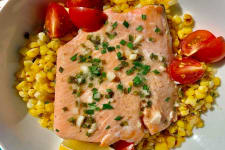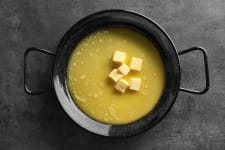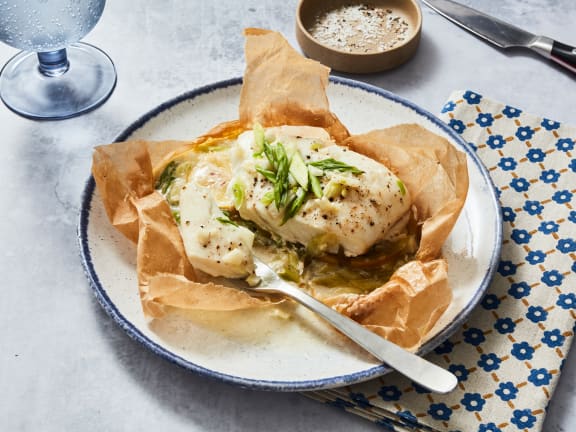
What Is Lingcod: A Comprehensive Guide
October 6th, 2021Everything You Need to Know About Lingcod
Lingcod is a species of Pacific white fish beloved by folks who have had the chance to cook and enjoy this incredible delicacy. Lingcod doesn’t have the recognizability of some of the more well-known wild species of white fish from Alaska, but it’s worth getting to know.
What Is Lingcod Fish?
Lingcod is a relatively large species of ground fish with habitats in the Pacific Ocean. It grows to upwards of five feet in length, producing white fillets that are mild, firm, and flaky.
Like cod, lingcod are a species of ground fish that spend much of their lives along the ocean floor. However, despite its name, it's not actually a species of cod — it’s a type of greenling.
Lingcod are delicious to eat, but they are a notoriously unattractive fish. One nickname for this species is “buckethead,” owing to its disproportionately large head and a mouth lined with 18 fang-like teeth. They also have a fierce attitude, making them voracious apex predators in the marine food web.
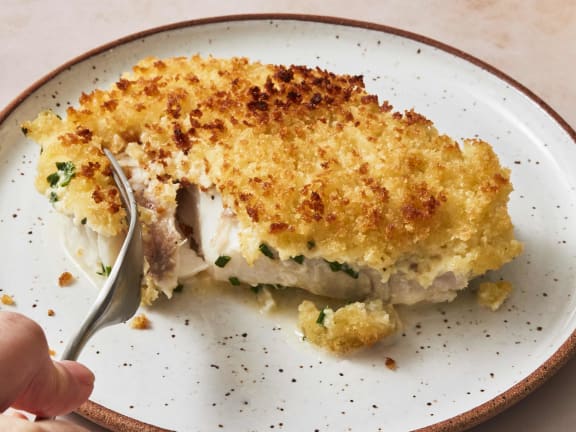
What Does Lingcod Taste Like?
This species can be used interchangeably with Pacific cod or Pacific halibut in recipes because of its similarities in texture and taste, making it a versatile fish.
When considering lingcod vs halibut fillets, they have a firm texture but a lighter, more delicate feel than Pacific halibut. It's mild in flavor and incredibly flaky.
Lingcod fillets resemble Pacific cod — the fillets of each are white in color and may have darker striping. In terms of lingcod vs cod taste, they’re quite similar.
Why Are Some Lingcod Blue?
A small proportion of lingcod produce intensely blue fillets. (Yes, you read that right!)
This unusual color is completely harmless, possibly the result of a pigment called biliverdin that gives some fillets of this species a blue appearance. Once cooked though, the fillets turn white.
While some lingcod devotees are thrilled to cook with blue fillets, Wild Alaskan Company only offers fillets that are on the more expected side of the color spectrum.
Lingcod Nutrition Facts
Lingcod is a lean source of protein that contains a good amount of essential nutrients, such as potassium and vitamin D. Its nutritional profile is comparable to that of Pacific cod, Pacific halibut, and rockfish.
Nutrition per 6-ounce serving:
-
Calories: 130 calories
-
Fat: 1 gram
-
Protein: 30 grams
-
Vitamin D: 3 micrograms, or 15% RDI
-
Potassium: 620 milligrams, or 15% RDI
Is Lingcod Sustainable?
In Alaska, lingcod is sustainably harvested from well-managed fisheries on the southeast coast of the state. Special care is taken to protect their delicate habitats on the seafloor, ensuring the health of lingcod populations for generations.
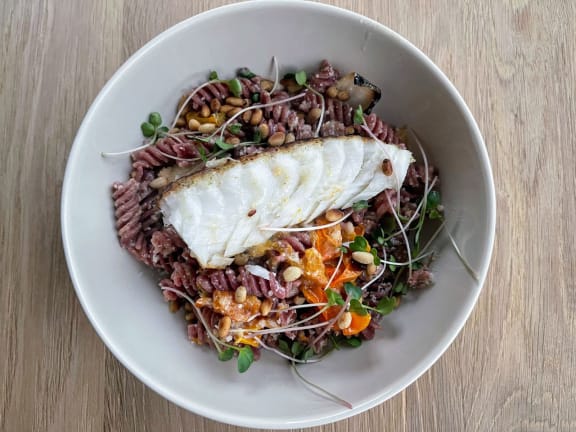
How to Cook Lingcod
Lingcod can be cooked using the same cooking methods and approximately the same cook times as Pacific halibut. Here are some step-by-step guides for Pacific halibut that you can refer to:
Where to Buy Alaskan Lingcod
The best quality lingcod comes from processors who efficiently handle the fish once it’s been pulled from the water. Wild Alaskan Company sources lingcod that is processed and iced within minutes of being caught so that you get the finest in texture and flavor from this species. Wild Alaskan Company members can enjoy this species as an exclusive seasonal offer throughout the year.



